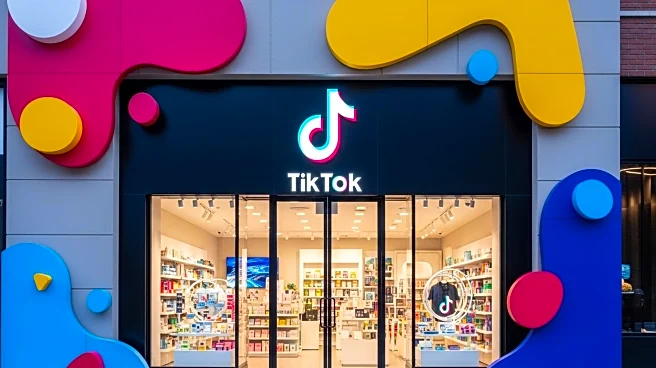What is the story about?
What's Happening?
In 2025, YouTube is implementing significant changes to its monetization strategy, aimed at enhancing opportunities for content creators and investors. The platform is introducing the Hype feature, which allows fans to boost content from smaller creators, democratizing reach and watch time. This gamified system includes badges, leaderboards, and real-time notifications, incentivizing audience participation. Additionally, YouTube is overhauling its ad formats, transitioning from Video Action Campaigns to Demand Gen Campaigns, which unify various ad formats into a single AI-optimized system. These changes are designed to improve campaign performance and creator revenue, with a focus on livestreaming as a key component of the monetization strategy.
Why It's Important?
The changes to YouTube's monetization strategy are significant for the creator economy, as they provide new avenues for revenue generation and audience engagement. Smaller creators stand to benefit from increased visibility and ad revenue, while investors can explore new opportunities in the high-growth livestreaming sector. The shift from ad-dependent models to diversified revenue streams, including memberships and brand partnerships, signals a strategic repositioning of content creation as a scalable asset class. This evolution in YouTube's ecosystem could lead to increased financial stability for creators and attract more investment into the platform.
What's Next?
As YouTube rolls out these changes, creators and investors will need to adapt to the new monetization landscape. The transition to Demand Gen Campaigns will be completed by Q2 2025, with all Video Action Campaigns automatically migrated. Creators will likely explore hybrid monetization models to maximize revenue, while investors will monitor key metrics such as ad revenue growth and Hype adoption rates. The success of these initiatives could influence other platforms to adopt similar strategies, further transforming the creator economy.
AI Generated Content
Do you find this article useful?














